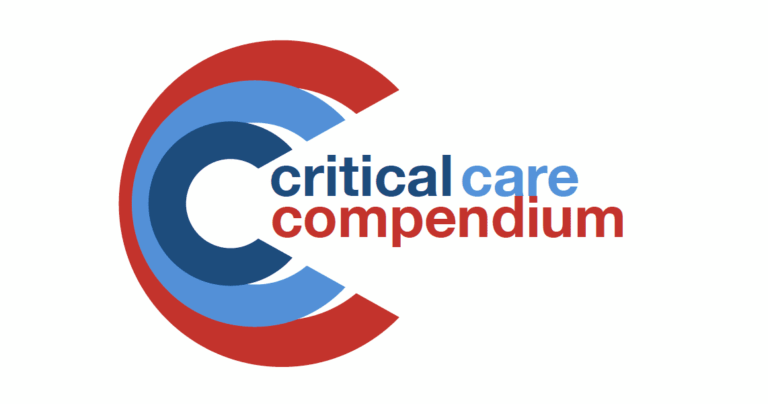
Starvation Response
Starvation response: adaptive hypometabolic state; unlike most other species, human brains can also use ketones as fuel, so muscle (i.e. protein) can be relatively spared in favour of fat as the primary energy fuel during prolonged starvation


